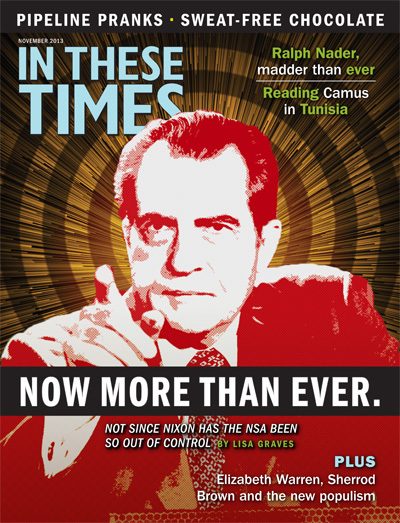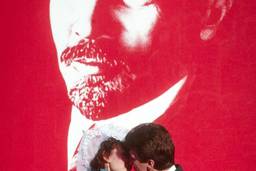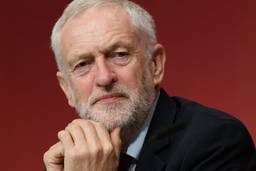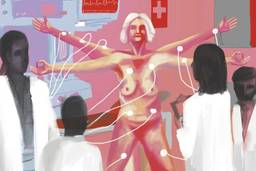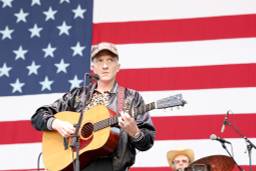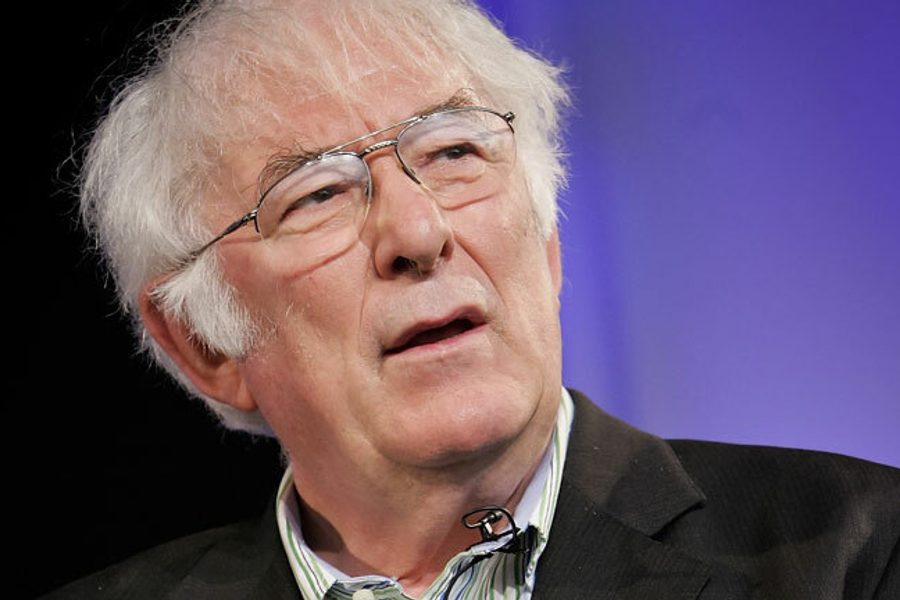
Michael Rosen is a polymath who writes witty and devastating polemical articles about education. He is best known, though, for being a “Children’s Laureate” and for writing poetry that delights and amuses young children. Asked the other day why he writes for the very young, he replied that poetry is popular with children until they reach secondary school. They like reading it, hearing it, writing it, acting it out. Thereafter, poetry is associated, as Rosen put it, with humiliation. It’s the stuff you get tested on, that crops up in examinations. For many, poetry remains a terrain full of misty, murky deformations of language, requiring esoteric and sometimes desperate decoding skills.
Hearing that word “humiliation” in relation to poetry on the day after we’d learned that Seamus Heaney had died reminded me of a time in the early 1970s, when he sometimes stayed with us on his visits to London. Occasionally Marie, his wife, came too, and once they both came with their three small children en route to Berkeley, Calif., where they were to spend the year.
I was teaching English in those days at Holland Park School, a London school, and one of his poems — it was “Digging,” of course — had appeared on an examination paper the year before as an “unseen” text. We talked about this at breakfast one morning, and I remember Seamus being torn between pleasure that his poem would be read by thousands of young people and anxiety at the thought of the questions those young people would be obliged to expound upon. Would his poem remind them of failure rather than success? How off-putting that might be. Perhaps they’d avoid his poems for ever more. So he came with me to school and talked to the class that had read his poem. As city children, some of them needed more help with the digging than the writing part of the metaphor, and they wondered whether whether “snug as a gun” had anything to do with the IRA. I’m pretty sure he said it didn’t, and I am certain that his poem and his visit made a lasting impression that was anything but humiliating.
It was after that, though I no longer remember when, that our dear friend Seamus became so famous that you hesitated to drop his name in public. His friends teased him, called him Famous Seamus. When we invited a bookseller in to clear some shelves, the only books he really wanted were the Heaneys. And then there was the late night knock on our door in October 1995. Seamus had just heard, in the most roundabout way, that he’d won the Nobel Prize. He brought the champagne that we needed to celebrate, and celebrate we did. He always had double feelings about his success and his fame. He was a naturally modest man, rather shy and embarrassable, who blushed as he greeted you, but he knew how good his work was and he never pretended not to. He had had a few poems published in Ireland, but none here so far, when my husband, Karl, who was literary editor of the New Statesman, published some in the journal in 1964. The poems arrived from Seamus with a stamped self-addressed envelope in case they were rejected. They weren’t, of course. But it was a gesture typical of Seamus. Not long after that he was rung up by Faber & Faber, the London publisher.
He came to think of himself, I think, as a lucky man, literally “gifted,” whose duty it would always be to respond to the enthusiasm of his readers and admirers with warmth and generosity, just as it would always be his duty to work as hard at his writing as his father and his grandfather had on the land. His quite extraordinary popularity as a poet (a best-selling poet is a rare creature, after all) was undoubtedly a surprise to him. But he liked reading his poems to people, and talking about poetry, and he probably accepted more invitations to do so all over the world than were good for his health. He liked writing them out by hand as well. Every year there were Christmas cards with a new poem, usually in his own handwriting. The last card we have from him, thanking us for dinner, ends with the words, “Jaysus! You never know what’s next.”

I hope you found this article important. Before you leave, I want to ask you to consider supporting our work with a donation. In These Times needs readers like you to help sustain our mission. We don’t depend on—or want—corporate advertising or deep-pocketed billionaires to fund our journalism. We’re supported by you, the reader, so we can focus on covering the issues that matter most to the progressive movement without fear or compromise.
Our work isn’t hidden behind a paywall because of people like you who support our journalism. We want to keep it that way. If you value the work we do and the movements we cover, please consider donating to In These Times.
